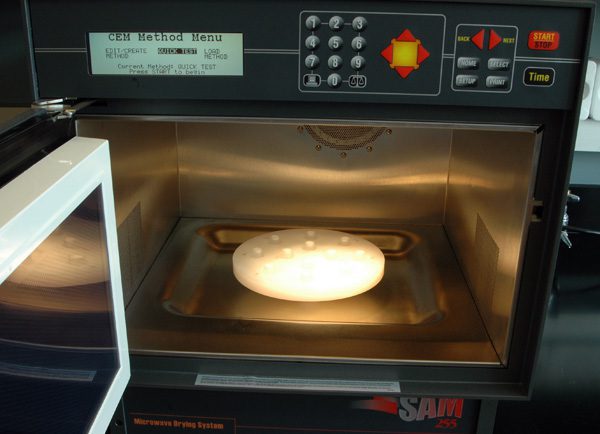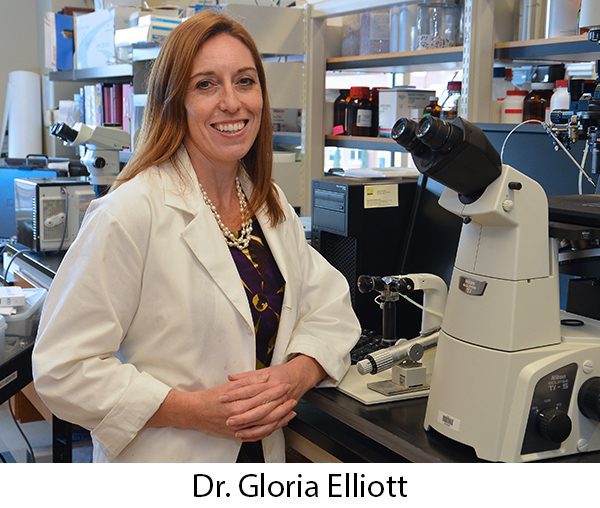New Dry Storage Technique Could Help Save Endangered Species

In a November issue of the journal Theriogenology and in the November Smithsonian Insider, a team of researchers from UNC Charlotte and the Smithsonian Conservation Biology Institute (SCBI) announced the first successful drying and rehydration of domestic cat spermatozoa using a rapid microwave dehydration method.
The paper’s authors, Dr. Gloria Elliott of Mechanical Engineering and Ph.D. student Jennifer Patrick from Biology at UNC Charlotte, and Dr. Pierre Comizzoli from SCBI, show that the rehydrated spermatozoa have minimal DNA damage and are able to produce embryos in vitro. Since the group had previously succeeded in producing viable dehydrated cat eggs, this finding shows the possibility of preserving feline reproductive cells in a dried state. The successful preservation is a potentially important step in addressing key issues involved in the reproductive biology of wild felids.
The idea of preserving sperm, eggs and embryos for later use is not new, but generally the preferred preservation technique is for these materials to be frozen. Storage at freezing temperatures requires constant energy supplies, expensive technology and facilities, and complex upkeep operations.

“When you are thinking about long-term preservation of organisms, flooding and other weather events can require the relocation of samples under duress,” Dr. Elliott said. “Frozen samples aren’t easily transportable, whereas if your samples are stored as dry packets, just like dried fruits or any dry goods you have on a shelf, you can toss your collection in a bag and out the door you go. That’s the concept. Not only to keep the cost of storage low, but to make specimens easily transportable, facilitating the sharing or relocation of specimens.”
Science might be able to rapidly and successfully improve the status of small animal populations if more “libraries” of preserved eggs and sperm are available. Scientists could simply use stocks of reproductive material, preserved in stable, dried form, re-hydrate them and create a population of viable embryos.
The preservation method that Dr. Elliott’s research team is investigating involves suspending cells in a dilute trehalose solution, and then concentrating it by removing the water with a gentle microwave-assisted heating process so that a trehalose glass forms, immobilizing biological molecules at ambient temperatures, similar to freezing.
“This allows us to get these preservation technologies into some low-resource, third-world countries such as developing nations,” Dr. Elliott said. “If you consider specimens for biodiversity research, those countries are not set up for that kind of collection and this method of preservation opens up that possibility.”
The reproductive success rate of the team’s re-hydrated sperm was 6.5 percent, compared with a rate of 15 percent with fresh sperm, a reduction of viability, but still acceptable for preservation purposes. Rehydrated sperm were not motile, but that too was not critical for producing viable embryos.
The findings are a proof-of-concept, and work remains to be done in developing and proving the technology. Elliott notes that it remains to be seen whether the dryness level currently achieved is high enough for long-term preservation without any refrigeration, and also whether further drying is possible. Once these conditions have been optimized, then testing needs to be done to ensure that the embryos can mature into healthy kittens.
The Theriogenology paper can be accessed online at www.theriojournal.com/article/S0093-691X(17)30369-2/fulltext
The Smithsonian Insider story is at insider.si.edu/2017/11/next-step-endangered-species-conservation-microwave-dried-sperm-cells/